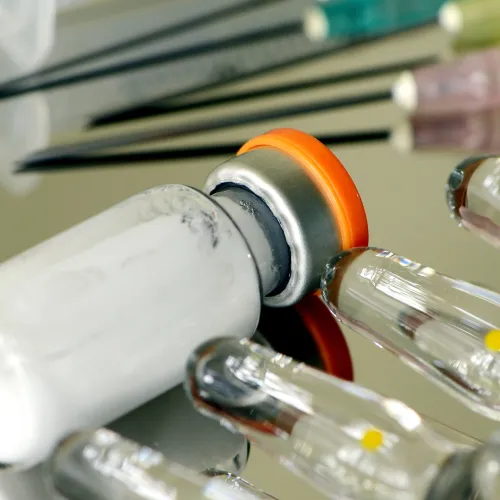Take Advantage Of Telemedicine Coding On The Line

Modifier 95, Appendix P, and POS code 02 let you communicate effectively with Medicare. CPT® 2017 offers you several new telemedicine concepts to master; including a place of service (POS) code, appendix, symbol, and modifier. In short: The new Appendix P alone contains 34 evaluation and management (E/M) codes, and although all of the codes in the appendix aren’t new, having them in one location is a great reference tool. Stay ahead of the telemedicine curve by learning what you need to know about telemedicine today. Learn How Medicare Defines Telemedicine Services Medicare.gov classifies telemedicine as “medical or other health services given to a patient using a communication system (like a computer, phone [with two-way visual capabilities], or television) by a practitioner in a location different than the patient’s.” If the telemedicine service meets all of the following stipulations, Medicare will pay both a facility fee to the originating site and a separate payment to the distant site practitioner who provided the service: Fun fact: You can submit a request to add a service to Medicare’s telemedicine services list. Just ensure that you follow CMS’s criteria — also available on the website. More info: To learn more about Medicare’s telemedicine service requirements, you can reference the 2017 Physician Fee Schedule Final Rule available under “Related Links” at www.cms.gov/Medicare/Medicare-Fee-for-Service-Payment/PhysicianFeeSched/PFS-Federal-Regulation-Notices-Items/CMS-1654-F.html. Using the New Appendix P and Star Symbol The 2017 AMA CPT® manual gives you a brand-new appendix, Appendix P, which provides guidance for the 79 codes you can use with modifier 95 (Synchronous telemedicine service rendered via a real-time interactive audio and video telecommunications system) to report real-time, remote telemedicine services, according to Mary I Falbo, MBA, CPC, CEO of Millennium Healthcare Consulting, Inc. in Lansdale, Pa. CPT® 2017 designates the relevant telemedicine codes that also appear in Appendix P with a star (*) symbol next to the code in the code set. Your Appendix P options for E/M include these codes: Say Hello to New POS Code 02 CMS also created a new place of service (POS) code for telemedicine: POS 02 (Telehealth: The location where health services and health related services are provided or received, through a telecommunication system), according to an MLN Matters article. Head to www.cms.gov/Outreach-and-Education/Medicare-Learning-Network-MLN/MLNMattersArticles/Downloads/MM9726.pdf to read the full article. Urgent: According to CMS, physicians working from a distant site who do not use POS 02 when reporting their telemedicine services will receive a denial, effective Jan. 1, 2017. Know What Sets Modifiers GT/GQ, Modifier 95 Apart When you report telemedicine services with POS code 02, Medicare requires you to append either modifier GT (Via interactive audio and video telecommunication systems) or GQ (Via asynchronous telecommunications system) to your CPT® or HCPCS code. Your Medicare Administrative Contractor (MAC) will deny the service if you use the POS code 02 without the appropriate GT or GQ modifier, or vice versa. For 2017, CPT® gives you a new telemedicine modifier — 95 — to report telemedicine services your physician provides via real-time, interactive audiovisual telecommunications. Important: “Only when the 95 modifier and the correct POS of 02 are indicated on the claim will it be considered for reimbursement by most payers that don’t recognize the GT modifier,” says Suzan Hauptman, CPC, CEMC, CEDC, senior principal of ACE Med group in Pittsburgh, Pa. Falbo provides further insight into the telemedicine modifiers. “Currently, CMS has HCPCS modifier GT to identify synchronous service via interactive radio and video telecommunications system, which is not accepted by all payers,” Falbo says. “Therefore, modifier 95 has been developed to provide a reporting mechanism that is similar to CMS and possibly other payers who recognize GT.” Remember: Practices should always check with the payers on telemedicine coverage policies and the use of the appropriate modifier — 95 or GT, according to both Hauptman and Falbo.




